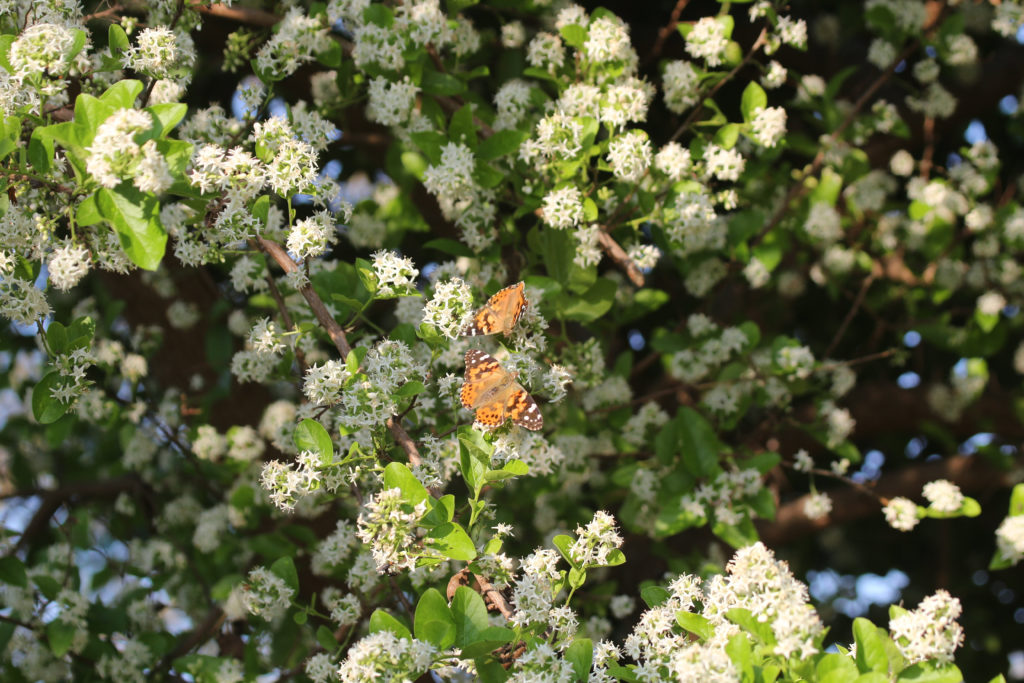READ BEFORE USING
Dichotomous Keys for Identification of Flora and Fauna of the Coastal Bend
by Chad Huckabee
The Dichotomous Keys for Plants is taken from two sources: Plants of the Texas Coastal Bend by Roy L. Lehman, Ruth O’Brien, and Tammy White, and its precursor, Plants of the Coastal Bend by Fred Jones. These dichotomous keys have been modified in several ways from their original sources. I have tried to eliminate plants that are not likely to be in Nueces County and the western and southern limits of the South Texas Chapter Master Naturalists, and I have attempted to reduce the technical jargon to a more user-friendly format. This being said, it is incumbent upon the user of these keys to access diagrams that display plant structures. These may be found in most plant ID books.
Why not utilize digital ID solutions and picture ID books? Simply, a serious investigation of plants will find both of these sources lacking. The former is only about 50% accurate, while the latter is very accurate but typically contains only “pretty” flowers. While these two sources are an ok starting point, they cannot be trusted in many cases. Plants in the large genus, plants that are very small, and even plants in large families such as Asteraceae are highly problematic when it comes to accurate identification. Certainly, a plant represented by a tiny handful of species within a genus will likely be identifiable by digital or book photo sources. However, utilizing sources such as INaturalist, one must be very wary since one does not know who or where the identifier is. Always, take your identification to the next level. Is the identified plant in your area? Does your plant match its scientific description found in the dichotomous keys to some extent, but more thoroughly found within professional internet or text sources. Finally, realize that within the Coastal Bend of South Texas there are over 2000 species of plants. This does not include grasses. We live in a rich, highly diversified area of the world with many ecological variations due to weather, soil, and water salinity. Since plants are the base of the food chain for most living things, are we really Master Naturalists without a good understanding of plants?



